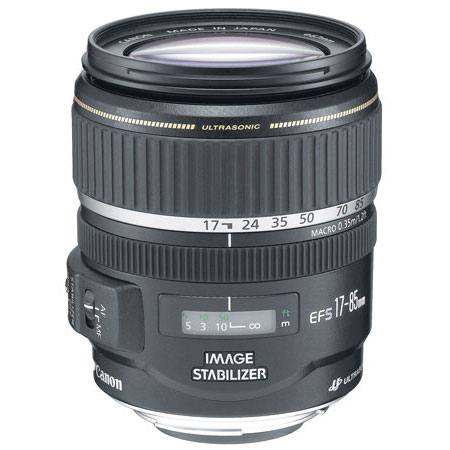
If you own or have used this lens, let us know what you think! Leave your comments and thoughts below.
Get information and user reviews for this lens from Amazon: Canon EF-S 17-85mm f/4-5.6 Image Stabilized USM SLR Lens for EOS Digital SLRs
Photo Zone:
The EF-S 17-85mm f/4-5.6 USM IS is a lens that promises many things. It is certainly a very versatile standard zoom with a long zoom range and an image stabilizer that can save the day in many situations. However, the build quality is somewhat disappointing and optically it is also something of a mixed bag. The lens is very sharp in the image center throughout the range but at the wide-end the extreme corners leave something to be desired. The 17mm setting also suffers from rather extreme distortions and rather hefty vignetting @ f/4. Finally chromatic aberrations aren’t really something to rave about either. So at the end of the day the lens is a tad better than the cheapo EF-S 18-55mm f/3.5-5.6 but it can’t really compete with the new EF-S 18-55m f/3.5-5.6 IS or the EF 17-40mm f/4 USM L. The key feature of the EF-S 17-85mm f/4-5.6 USM IS remains its versatility. While this may sound a little sceptical I should note that I preferred the lens compared to other higher quality options during testing – it is simply a darn convenient lens and despite the flaws it can produce very decent images as you can see from the samples – at least with a little tool support. READ FULL REVIEW
(more…)
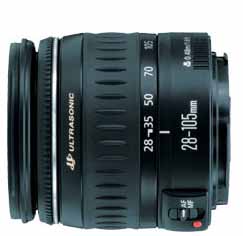
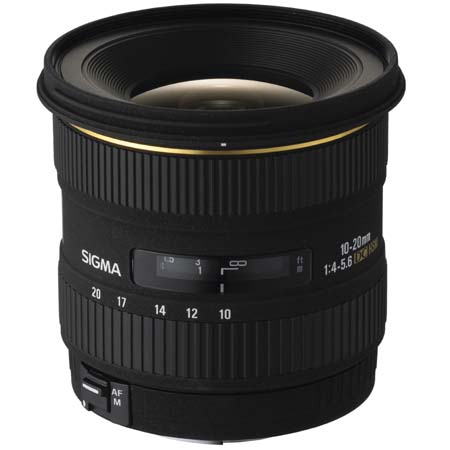 If you own or have used this lens, let us know what you think! Leave your comments and thoughts below.
If you own or have used this lens, let us know what you think! Leave your comments and thoughts below.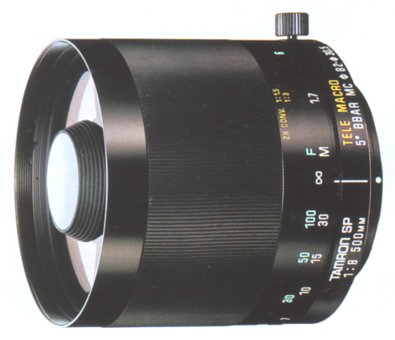
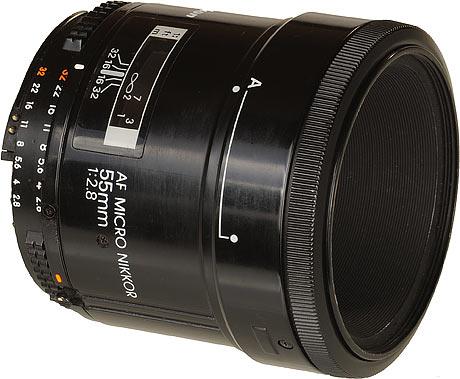 If you own or have used this lens, let us know what you think! Leave your comments and thoughts below.
If you own or have used this lens, let us know what you think! Leave your comments and thoughts below.
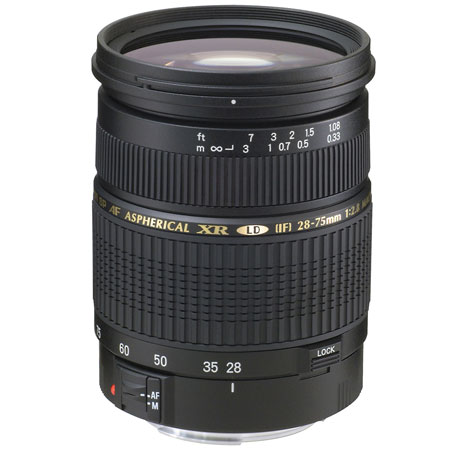
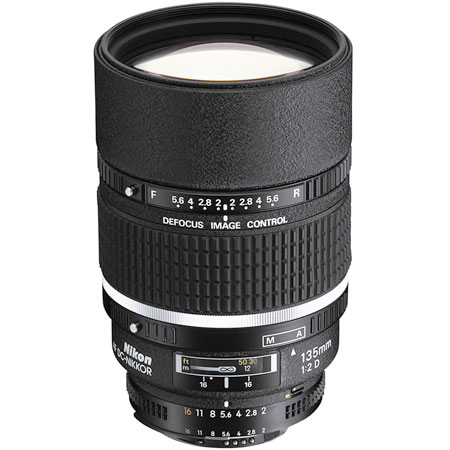 If you own or have used this lens, let us know what you think! Leave your comments and thoughts below.
If you own or have used this lens, let us know what you think! Leave your comments and thoughts below.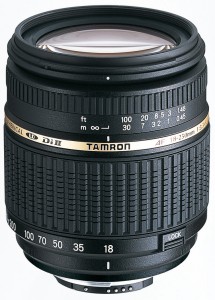
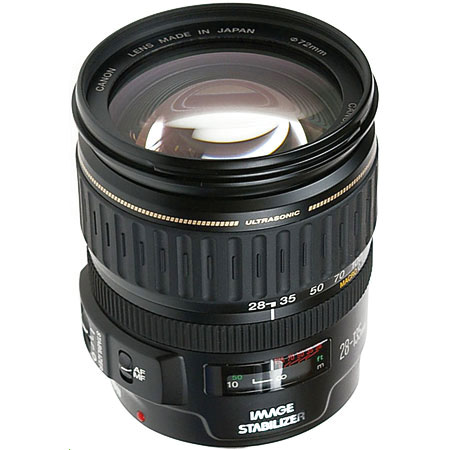
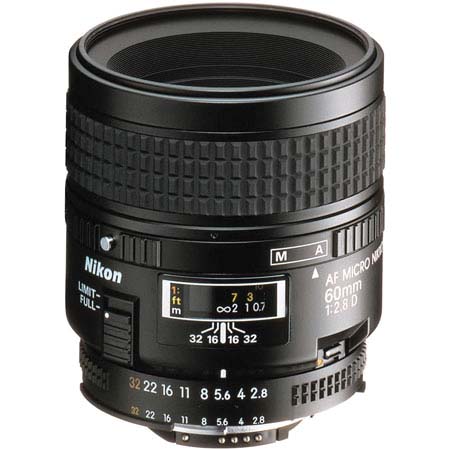 If you own or have used this lens, let us know what you think! Leave your comments and thoughts below. Get information and user reviews for this lens from Amazon:
If you own or have used this lens, let us know what you think! Leave your comments and thoughts below. Get information and user reviews for this lens from Amazon: